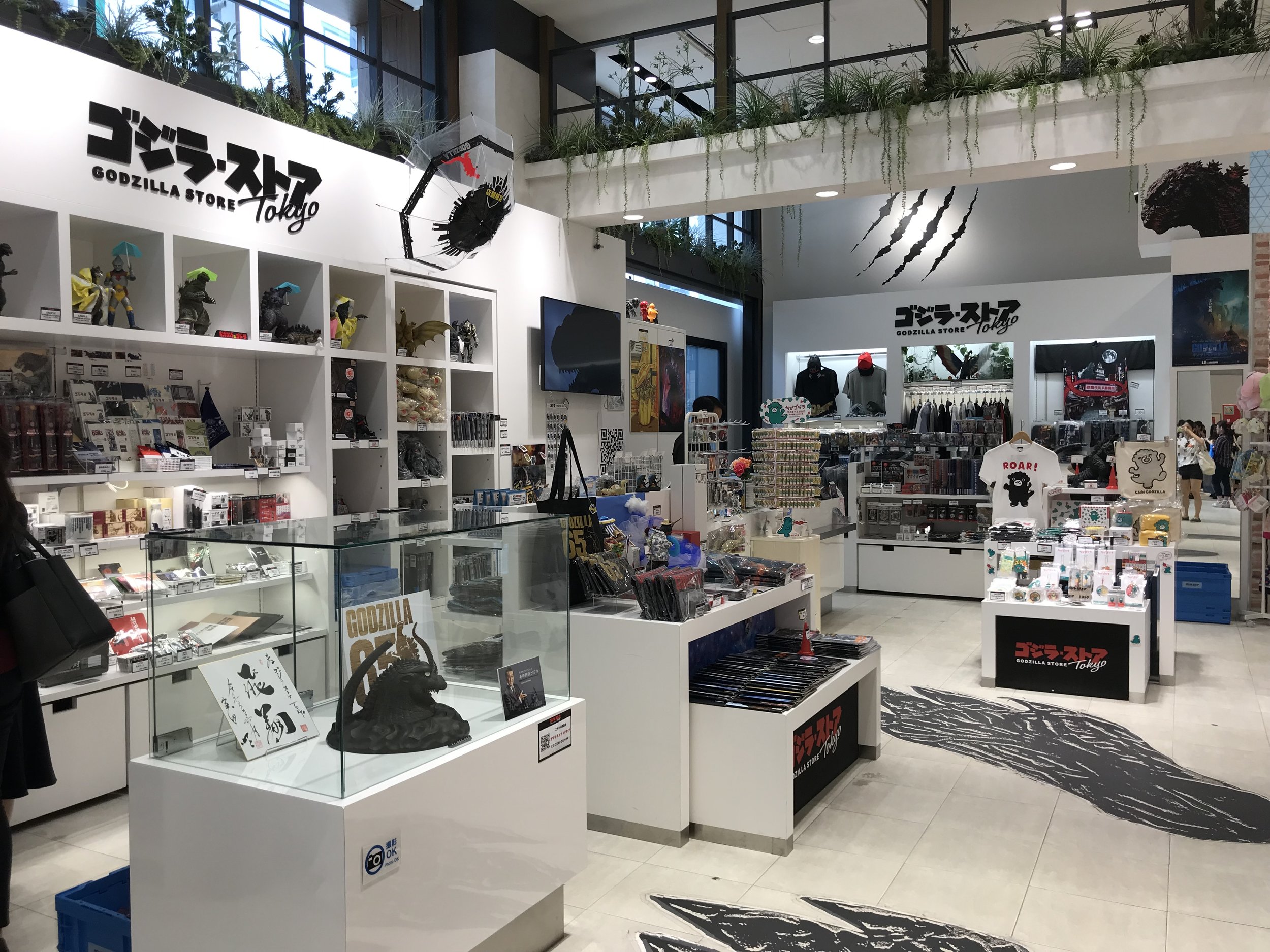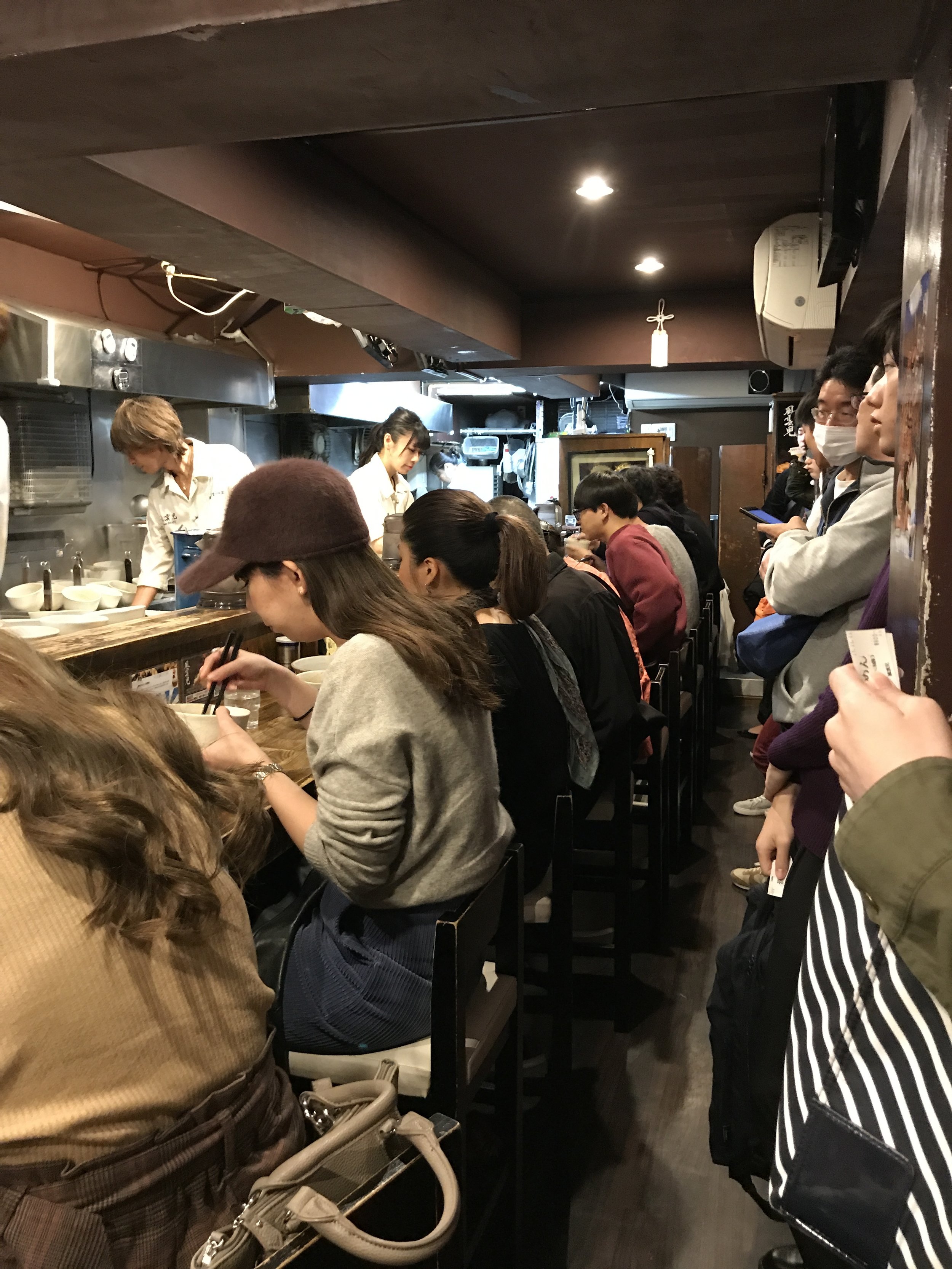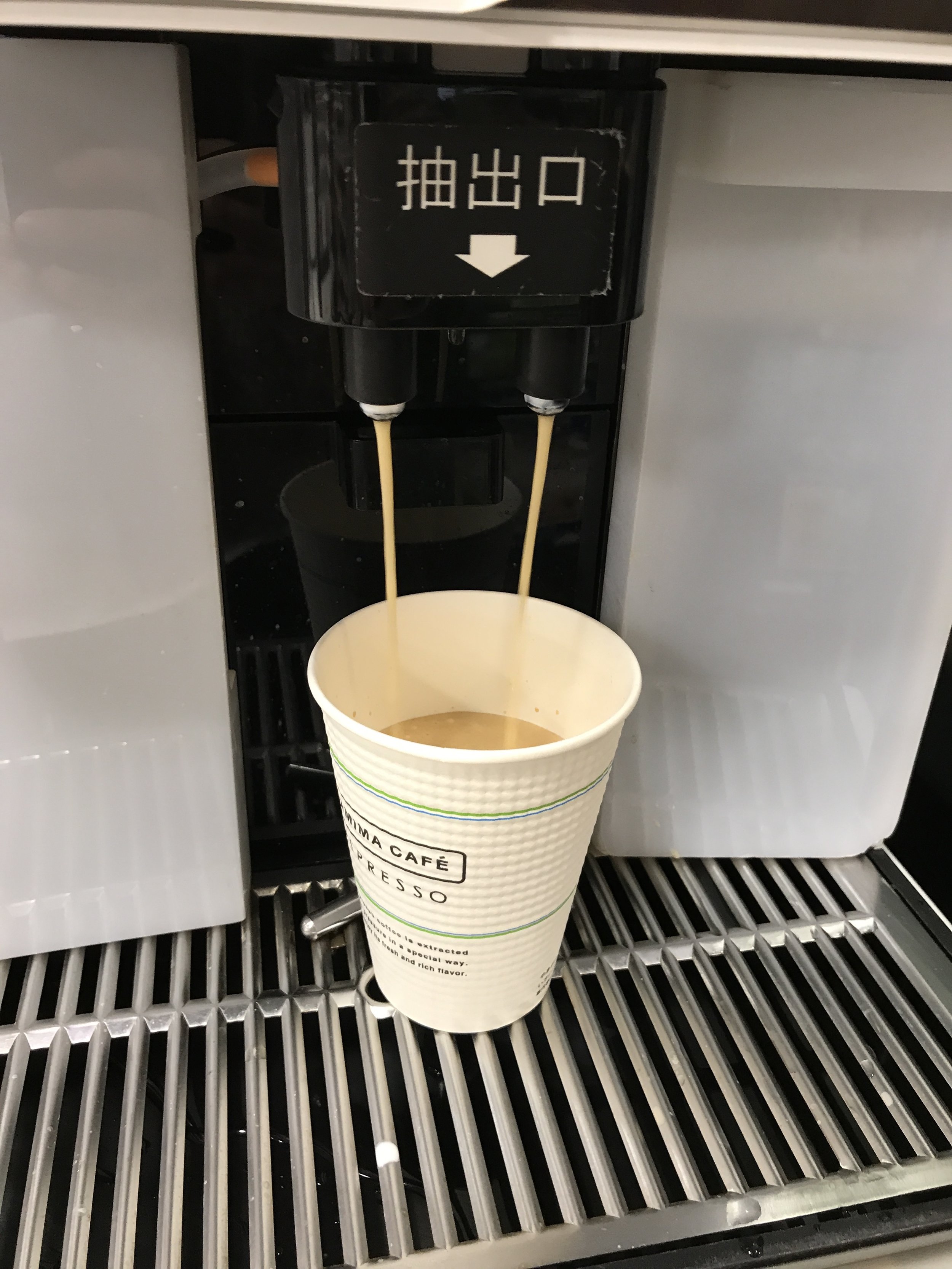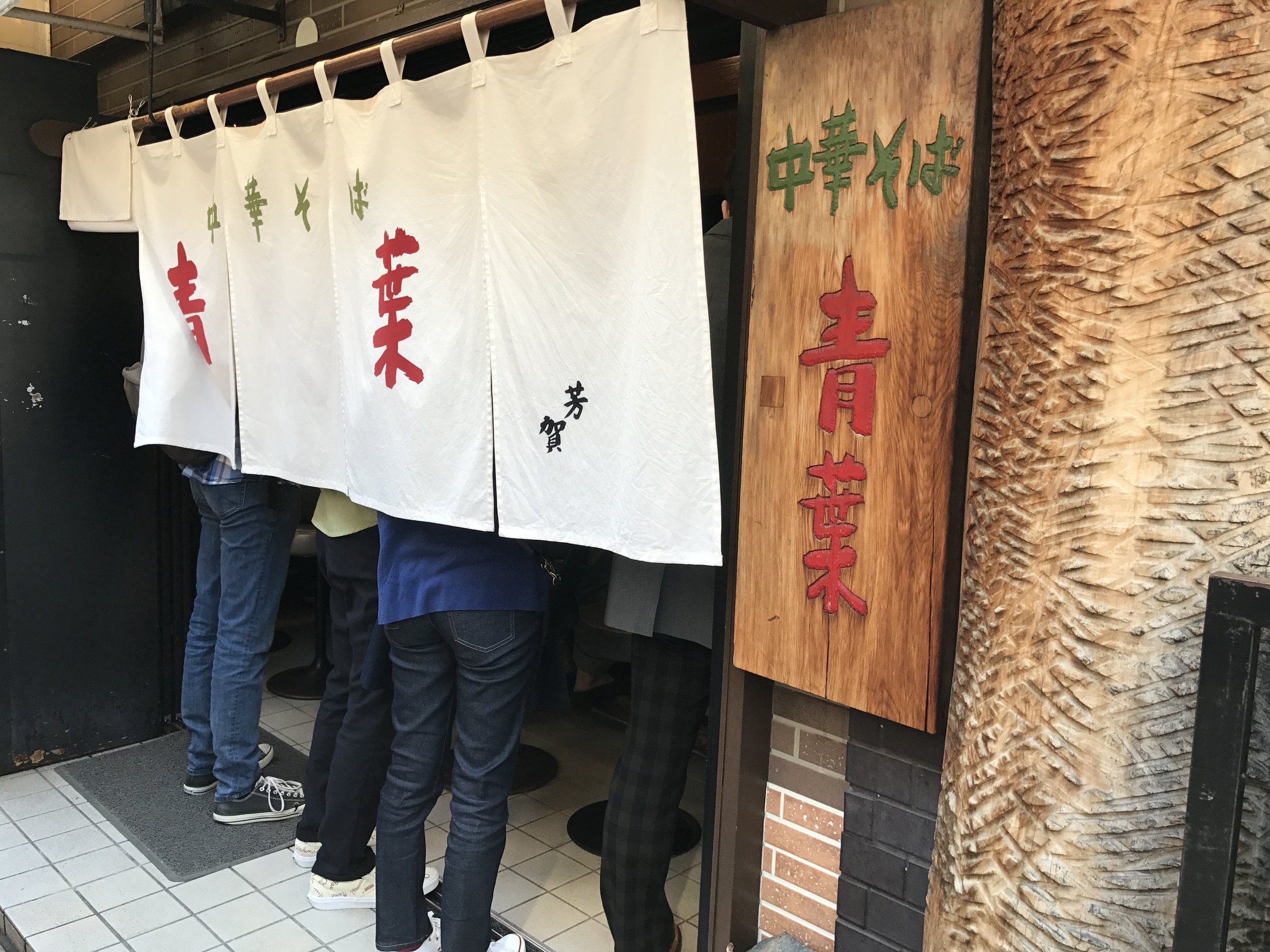Back in college, I walked into a friend’s room – a place we all seemed to gather when the requisite amount of desire and boredom hit – to get high. Through the sticky-smelling smoke snaking from the end of a lit joint, I saw an acquaintance curled up on the end of the couch in the small room, his tall frame folded awkwardly together, stuck in a bad trip.
“He took some ‘schrooms earlier,” someone said, as he twitched and grimaced.
I’d never been tempted to try magic mushrooms, largely because I have enough self-awareness to stay away from anything that will suddenly heighten everything that I’ve been suppressing and bring it to hallucinatory life. “You just have to concentrate on positive things,” someone once said, in response to how best to avoid being reduced to a trembling pile on a friend’s couch, as if that was not only possible but that it could be done with ease, while under the influence of a semi-controlled substance.
“Have you met me?” I wanted to ask.
The purchase of narcotics that could lead to terrifying experiences is further compounded by the fact that, with the exception of my monthly weightlifting membership, I’d like some guarantee of a pleasant experience in exchange for my hard-earned money. A 50/50 shot at a good time seems like a coin toss with my hidden demons that I’m bound to lose.













































